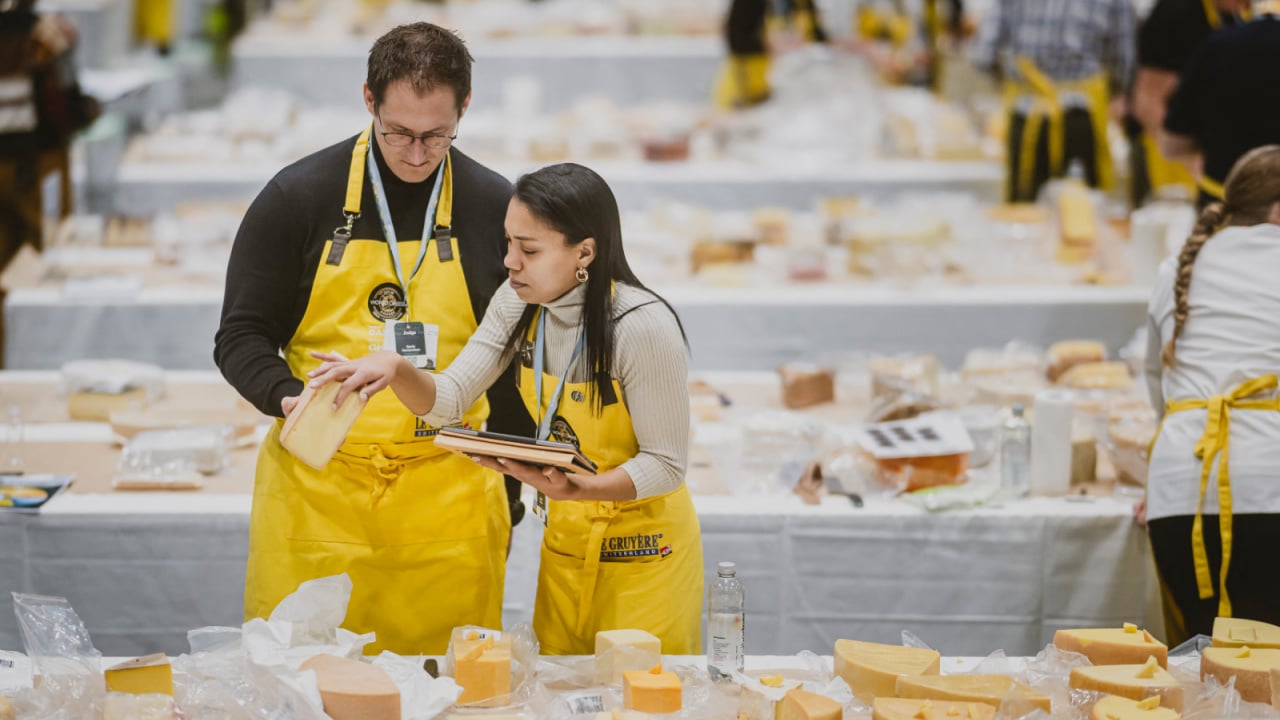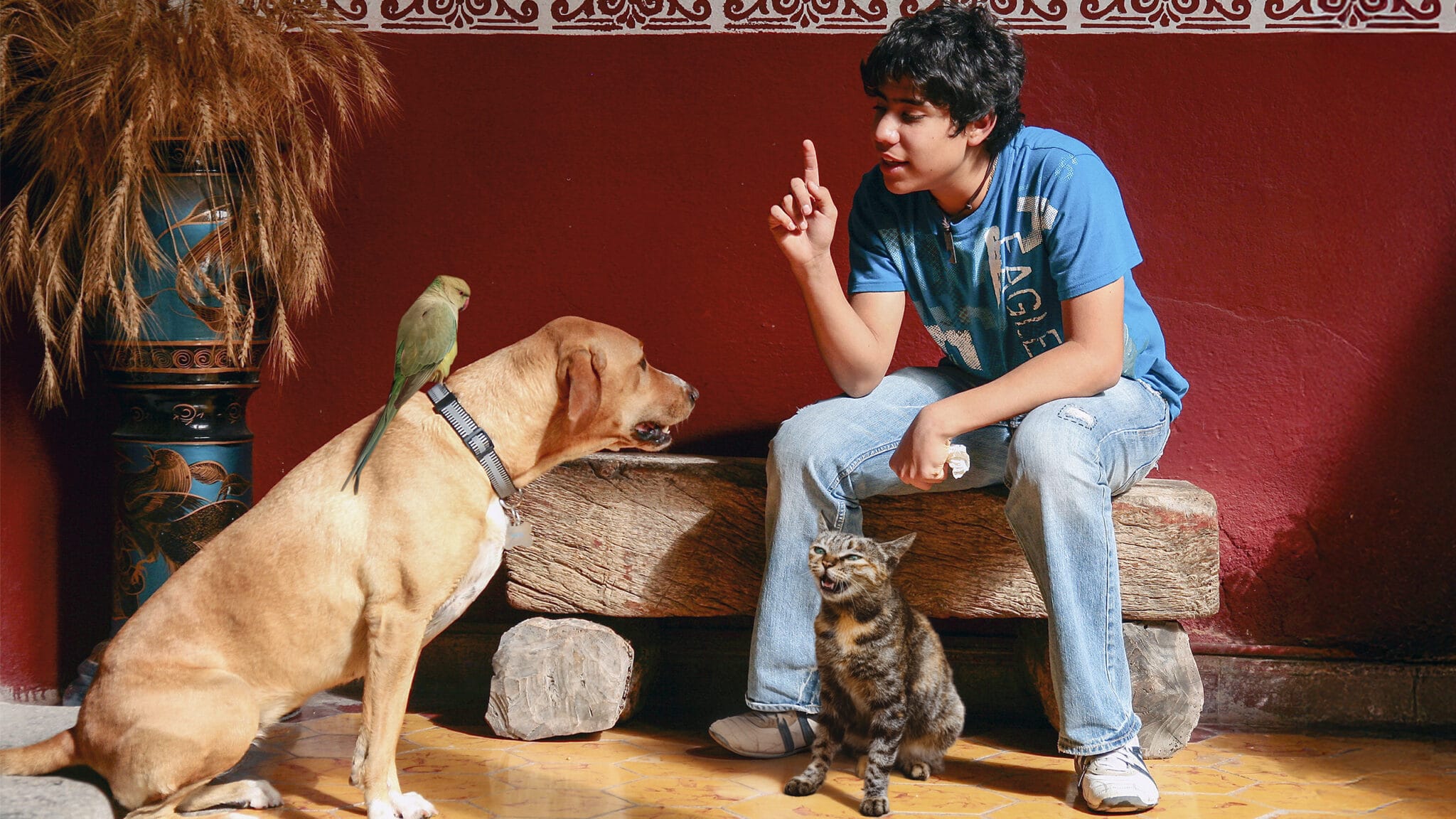Wait, BACARDÍ Isn’t Just Rum? The Brand’s Deep Ties to Indigenous Mythology and Secret Palm Tree Lore Will Blow Your Mind
BACARDÍ is a global brand that we all know. From college kickbacks to celebrations with your family, the rum is a staple in so many communities and homes. During a recent trip to Puerto Rico, I got to take a special tour of Casa BACARDÍ. This is the distillery where all the magic happens. The tour gave us a really intimate look at the process from fermentation to distillation to aging. Fun fact: BACARDÍ uses the same yeast since 1862. There are people who are constantly feeding and caring for it.
Yet, the most interesting part of the tour wasn’t sitting in the warehouse where the climate ages the rum. It wasn’t even the chance to take a mixology class. What was most interesting to me was the detailed history of the family behind the brand. Additionally, the iconography that has become synonymous with BACARDÍ. I am, of course, talking about the bat in the branding and the palm tree that is on the bottle.
I learned the lore, the magic, and the real history of fighting back against the Cuban revolution. Here’s a little bit about the rum we all know and love that you might not know.
First, let’s talk about the bat
According to Christian Frontanes, the Brand Home Ambassador of Casa BACARDÍ, the bat held a special meaning to the family. Doña Lucia Amalia Victoria Moreau, the wife of BACARDÍ’s founder, wanted to use the bat for the company’s branding. This was for two reasons: indigenous culture and literacy.
Doña Amalia noticed that fruit bats would roost around the distillery feeding on byproducts of the rum. Culturally, this made Doña Amalia feel good knowing that what her family was creating would help them prosper. The bat stood as a symbol of good health, good fortune, and family unity in Cuban mythology and Taíno culture.
The other reason for the bat was for literacy purposes. Literacy rates were low when BACARDÍ first started to be produced for consumption. That gave Doña Amalia the idea of using the bat as a way to make BACARDÍ recognizable to the masses. She wanted people to know that when they were drinking the bat rum that they were drinking rum made on the island.
To this day, the BACARDÍ bat is an iconic symbol that is instantly recognizable to rum drinkers around the world. Every bottle of BACARDÍ proudly displays the bat as both a symbol of indigenous pride and a lasting legacy. Puerto Rico brings rum to the world and the bat is a nod to the island and the people who keep the tradition alive.
The palm tree on the bottle holds the most significant part of BACARDÍ’s history

Maybe you have noticed the palm tree in front of a building on the side of a BACARDÍ Superior bottle. Maybe you haven’t, so now is a time to take out the bottle and check it out. The text around the image is pretty short and sweet. It reads, “La Palmera Legenderia: Planted at the first BACARDÍ distillery in Cuba in 1862, El Coco survived wars, earthquakes, and a distillery fire. We now plant a palm at all of our facilities as a reminder of our homeland.”
It seems pretty innocuous, but it is a historic easter egg for BACARDÍ fans, and the Cuban people. The story goes that Emilio Bacardí y Moreau, the eldest son of the founder of BACARDÍ, played a key role as the company’s first president. At the first distillery in Cuba, he planted a palm tree in front and proclaimed that as long as the palm tree stood, BACARDÍ would have a home in Cuba. That was in 1862.
Over the years, the palm tree stood tall in front of the distillery as a symbol of BACARDÍ’s place in Cuba. The palm tree did indeed withstand a devastating fire, natural disasters, and Cuba’s fight for independence from Spain. According to Frontanes, our tour guide at the distillery, the family always checked on the palm tree to make sure it was okay after major events.
As the story goes, the Cuban revolution spelled the end for the rum company in Cuba. Originally, the Bacardí family supported Fidel Castro and his revolution. The involvement in the revolution was a carry over of the family’s involvement in freeing Cuba from the Spanish. But, the loyalty they had with Castro eventually ushered in their own hardship under the Castro regime. Despite their support, in 1960, the Castro regime set their eyes on BACARDÍ and began the process of nationalizing the rum company and their assets.
The palm tree that once stood as a symbol of endurance died the same time that BACARDÍ left Cuba
The palm tree that signified BACARDÍ’s home in Cuba died after the revolution. Symbolically, this represented the end of the company’s life in Cuba. Frontanes explained that the family knew they would have to flee as the new Cuban government worked to bring an end to the free market. Two things happened that gave the family and the company the chance to flee Cuba and find a new home in Puerto Rico.
First, in 1932, BACARDÍ opened their first offices and distillery in Puerto Rico. Why? Well, during Prohibition in the 1920, when alcohol was outlawed in the U.S., Americans traveled regularly to Cuba to party and drink. BACARDÍ benefitted from the American tourists coming to the Caribbean to drink.
When Prohibition ended, the U.S. passed laws that increased taxation and tariffs on alcohol that was imported. Due to Puerto Rico’s categorization as a territory, producing and selling rum from Puerto Rico to the mainland bypassed the new taxes and tariffs on the rum. As the company left Cuba, the presence in Puerto Rico was a natural stepping stone to move production and continue BACARDÍ in a place with a similar climate and weather for aging and fermentation purposes.
In a serendipitous moment of fate for the Bacardí family, the Castro regime got confused. The offices for BACARDí were originally housed in a building in Havana, Cuba. Meanwhile, the distillery and the family home were located in Santiago de Cuba. Driving between the two cities took 16 hours and the Cuban government made a bet that the family and company assets would be in Havana. When they arrived, Frontanes says, the government was met with empty offices. This gave the family and company a 16-hour head start to pack up what they needed to leave Cuba for Puerto Rico.
The palm tree continues to play an important role for the iconic rum
The palm tree continues to stand tall in front of BACARDÍ facilities around the world. In Puerto Rico, the palm tree stands in front of the Cathedral of Rum, a historic building at Casa BACARDÍ. The Cathedral of Rum is the world’s largest rum distillery and was added to the National Register of Historic Places on August 6, 2010. BACARDÍ employs 7,000 people and produces rum for 170 countries making it a major part of Puerto Rico. As they say, the Cathedral of Rum is the world’s largest rum distillery in Puerto Rico’s smallest municipality of Cataño.
The palm tree as Casa BACARDÍ, like its Cuban predecessor, has withstood political uncertainty, social unrest, and natural disasters. As Frontanes says, following major moments in Puerto Rico’s recent history, the company always follows up to see how the palm tree is doing. After Hurricane Maria, while the island recovered, the palm tree withstood and continues to be a reminder of BACARDÍ’s enduring legacy and a promise from the original founders.
So, next time to shake up a rum-based cocktail, know that you are enjoying more than a Caribbean rum. You’re enjoying a piece of Cuban and Puerto Rican history. BACARDÍ has withstood 163 years of political revolutions, natural disasters, social unrest, and relocation.




